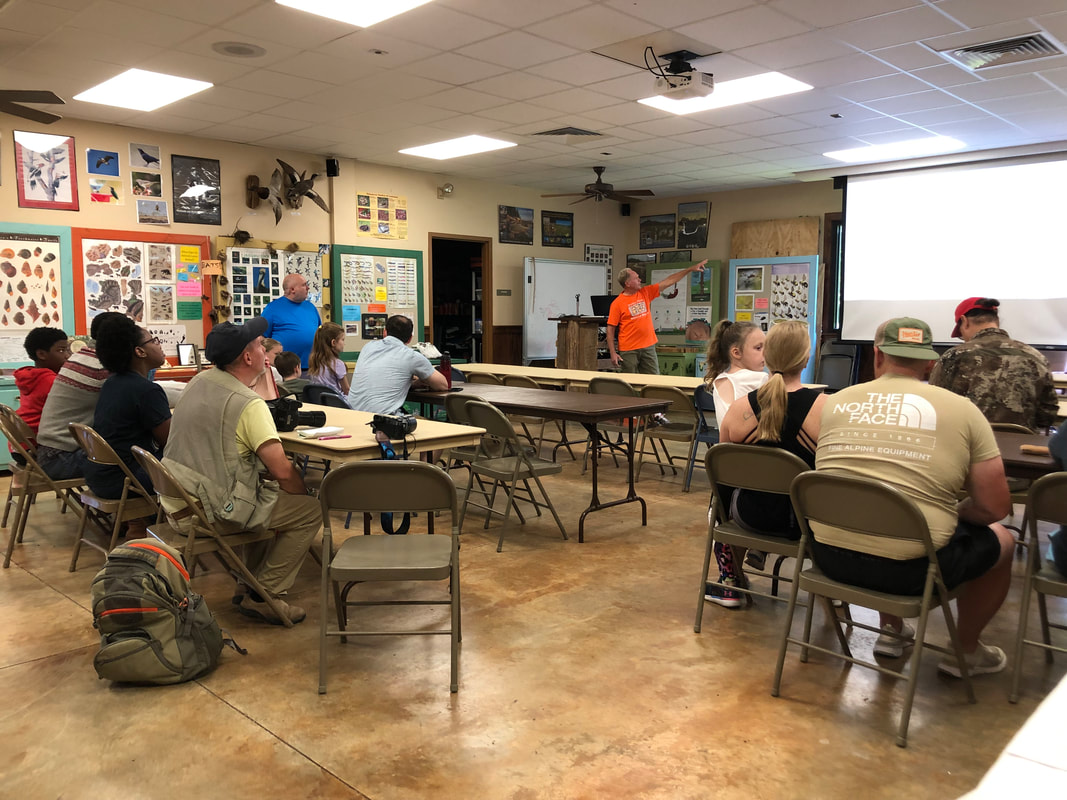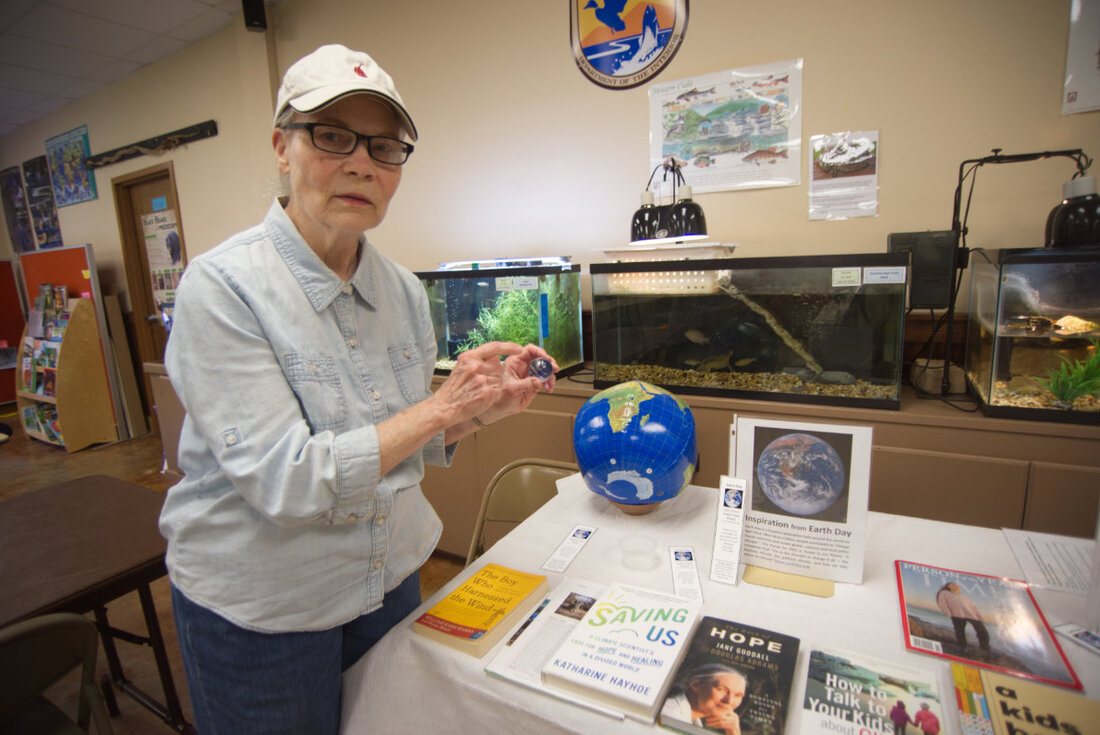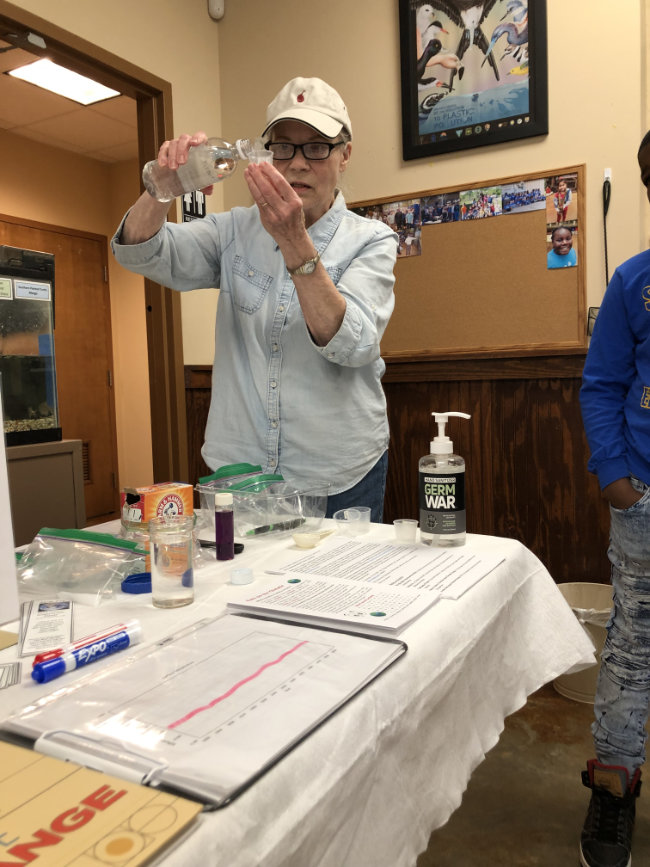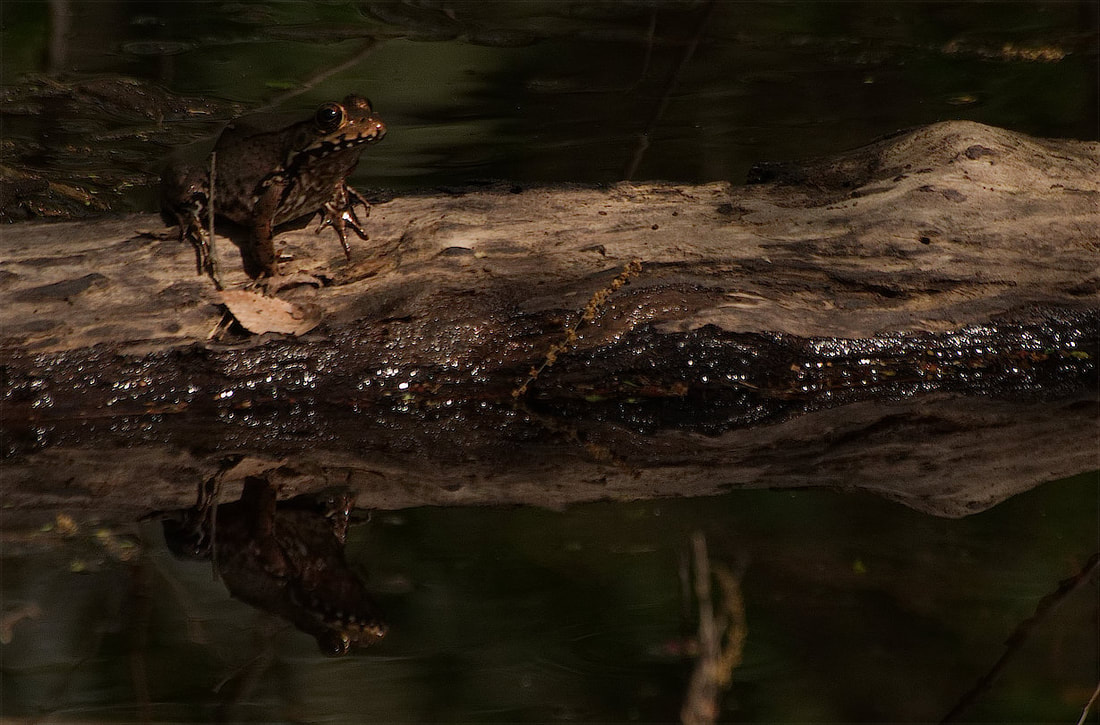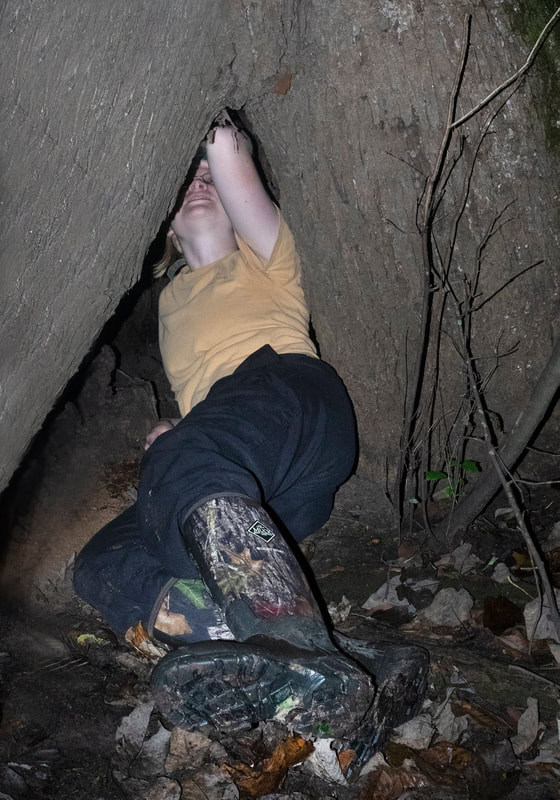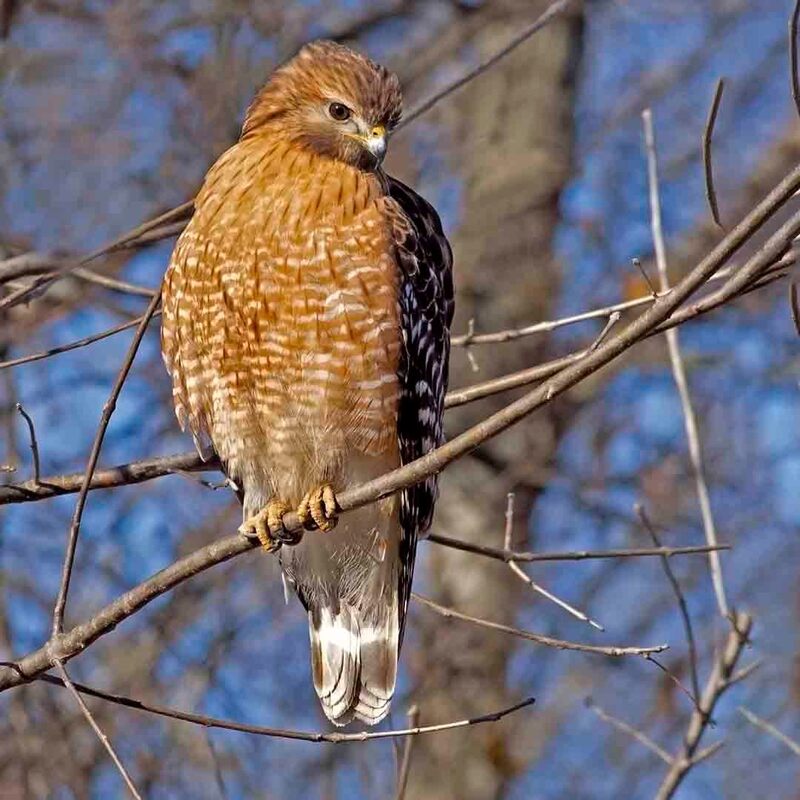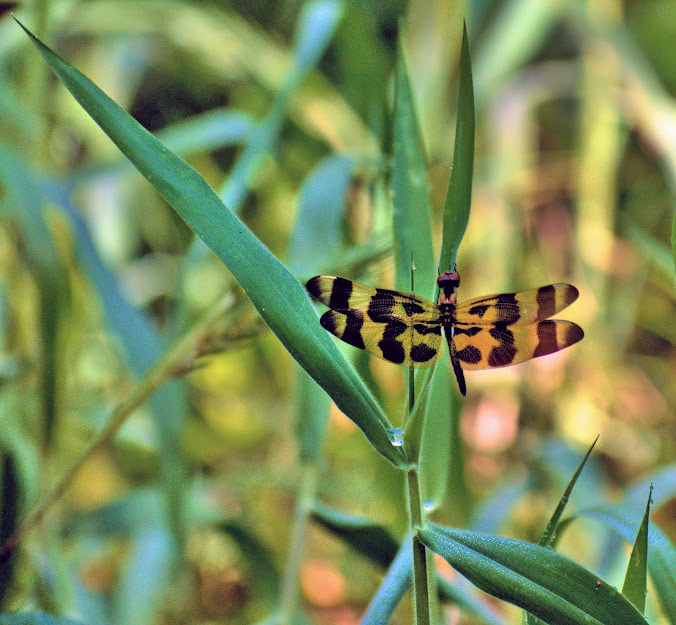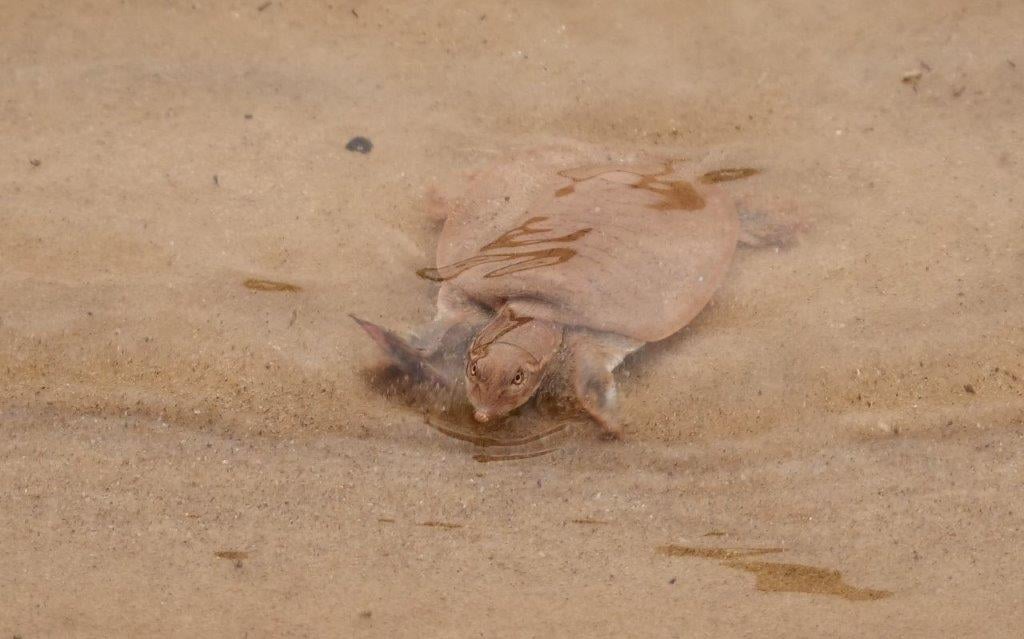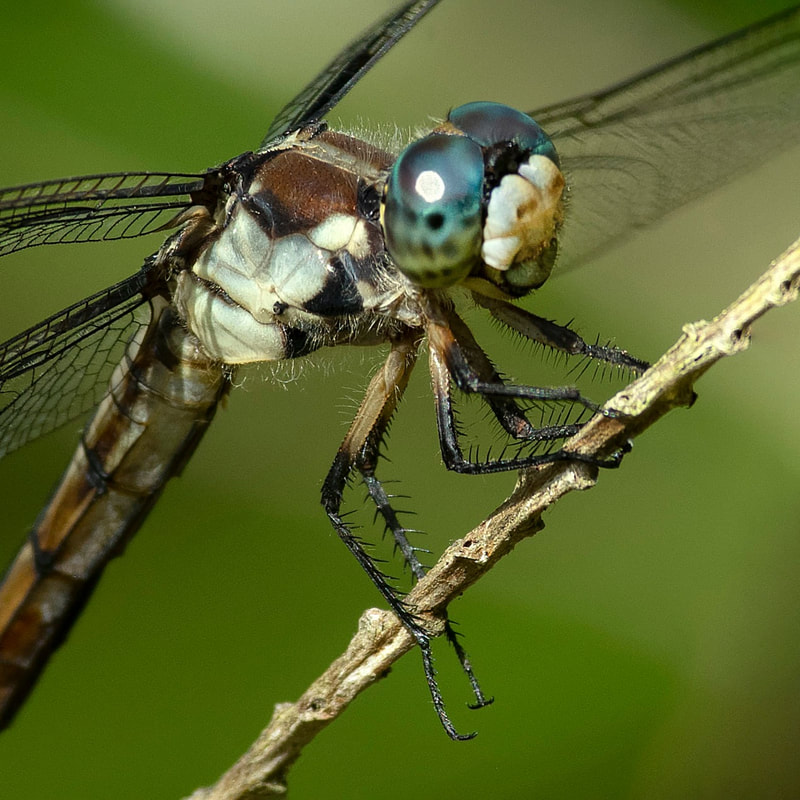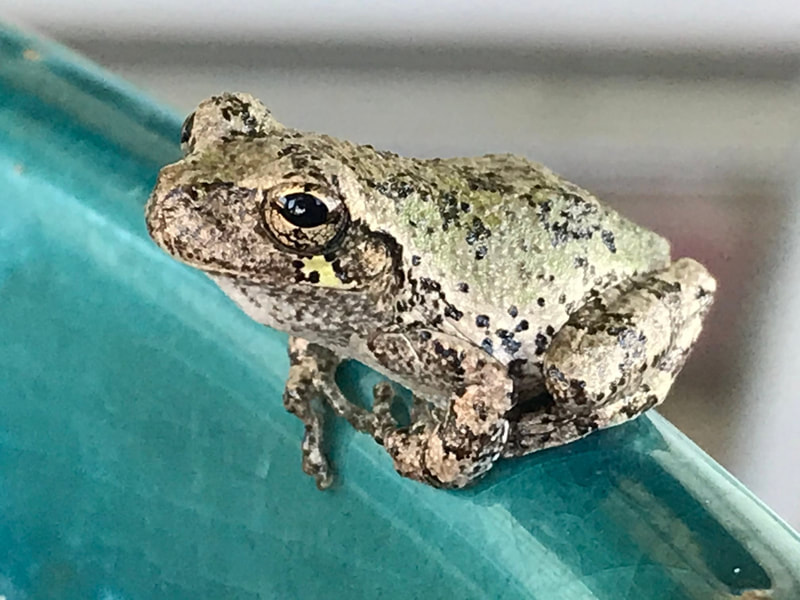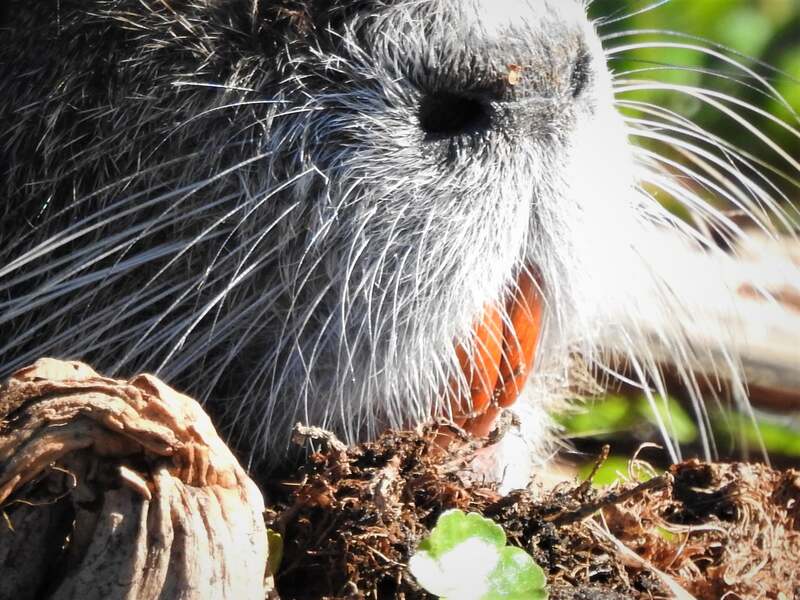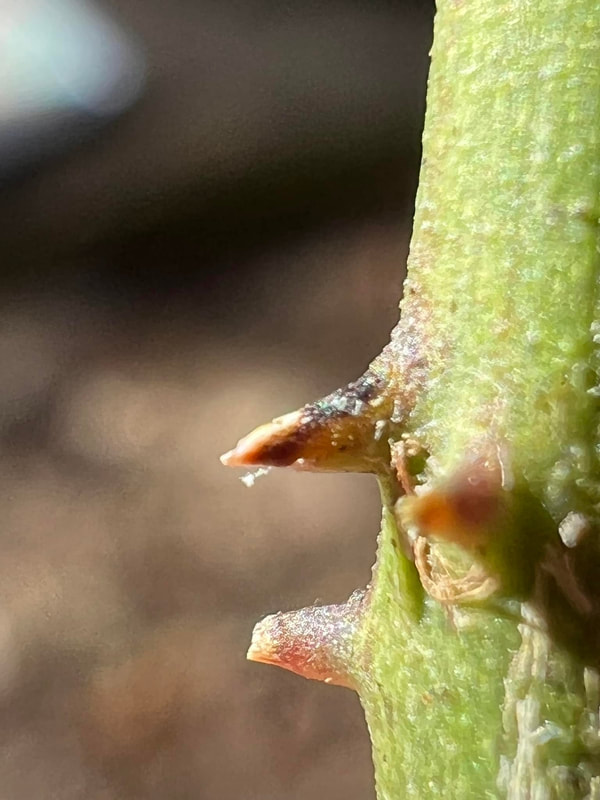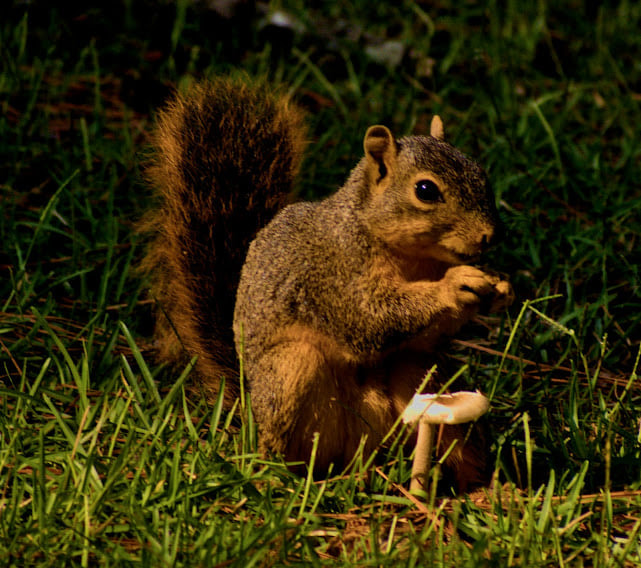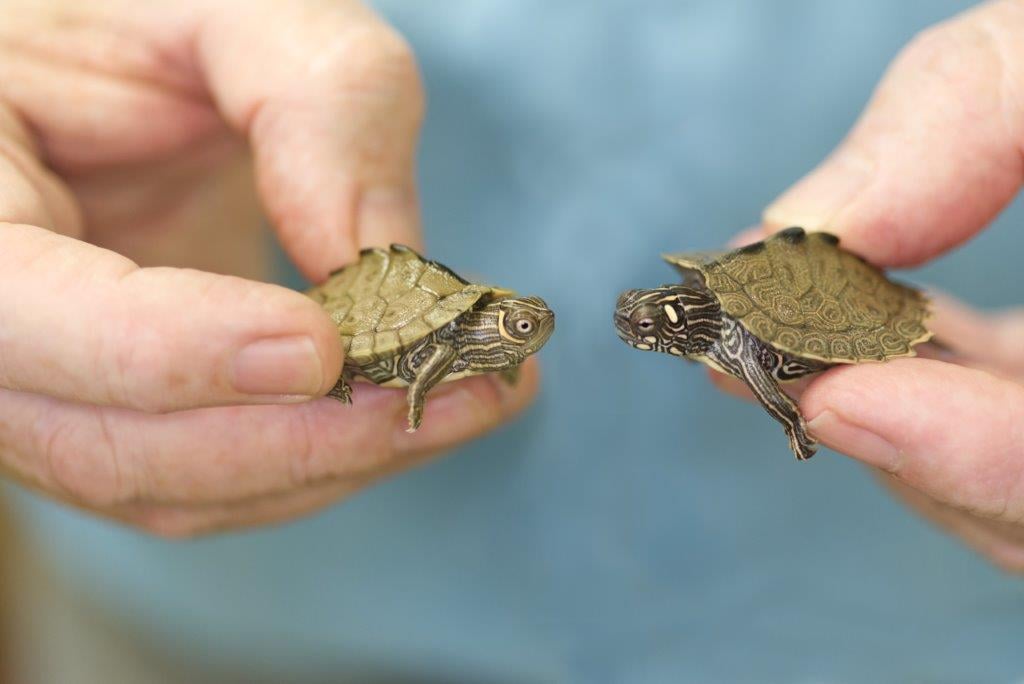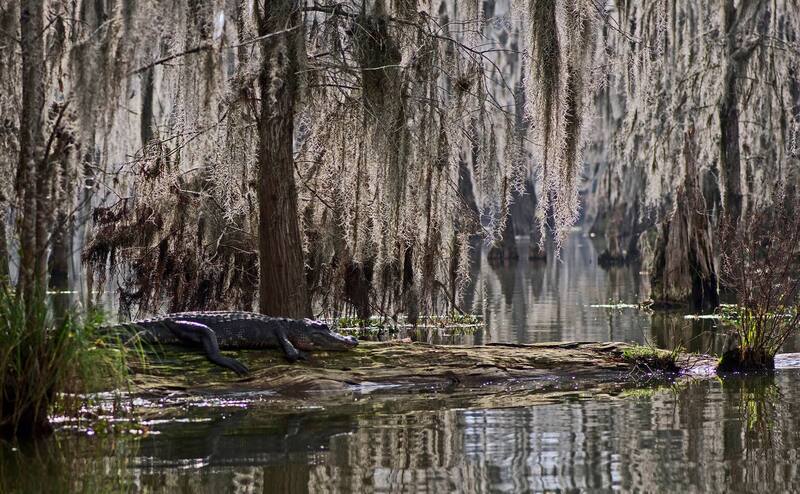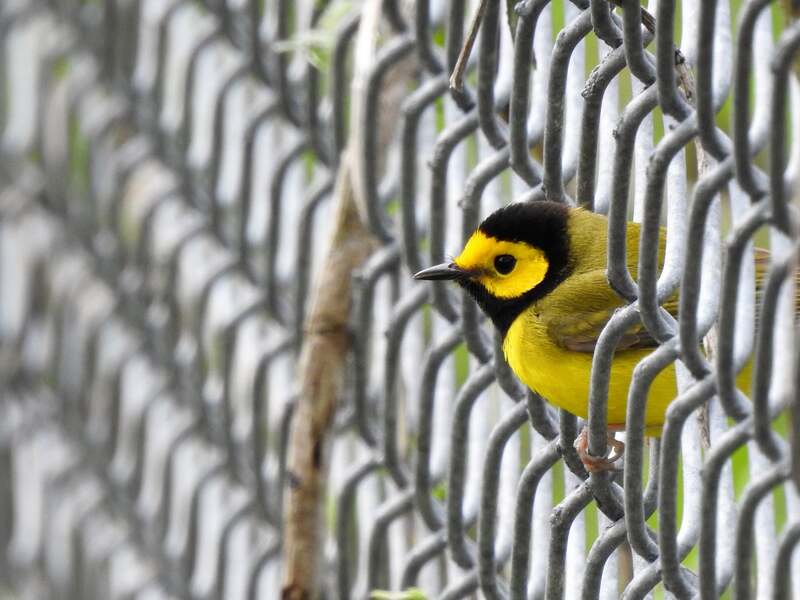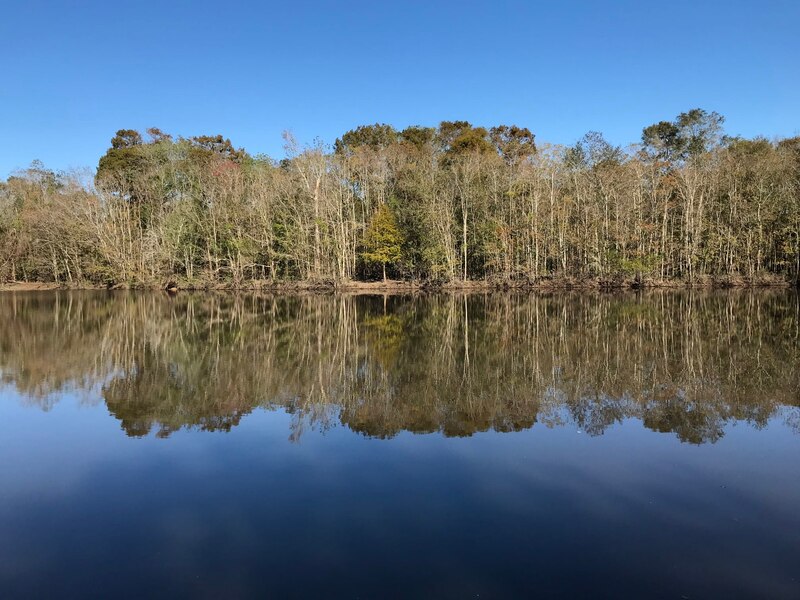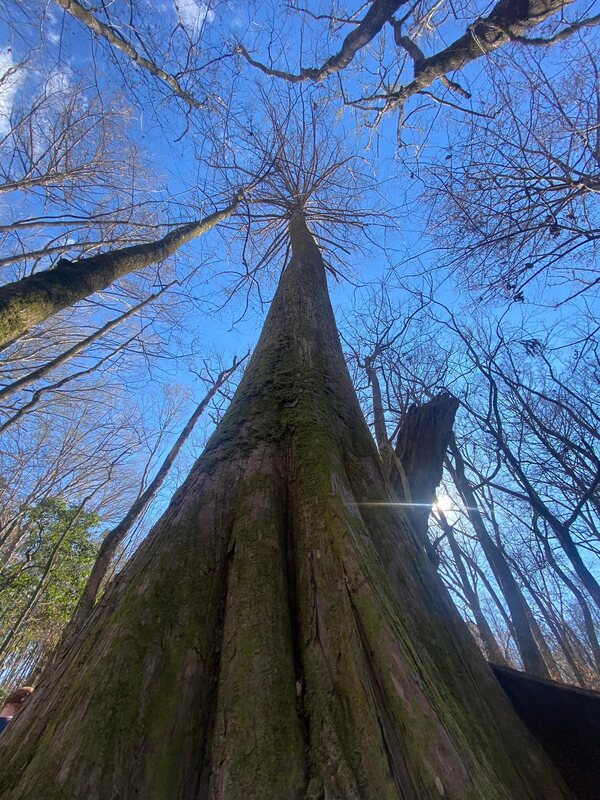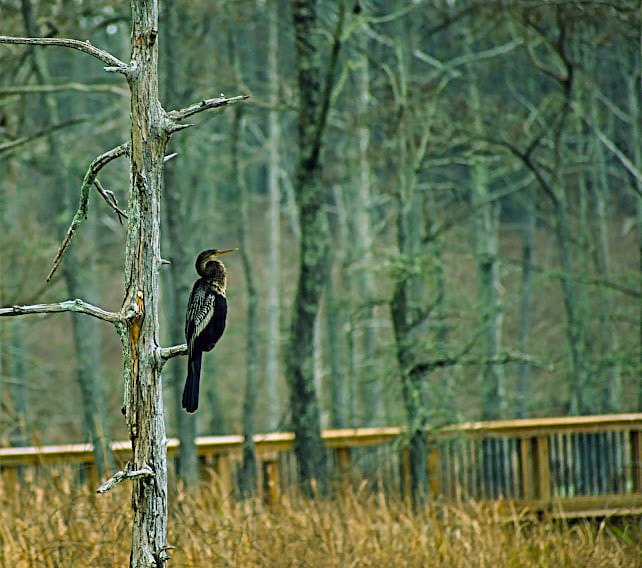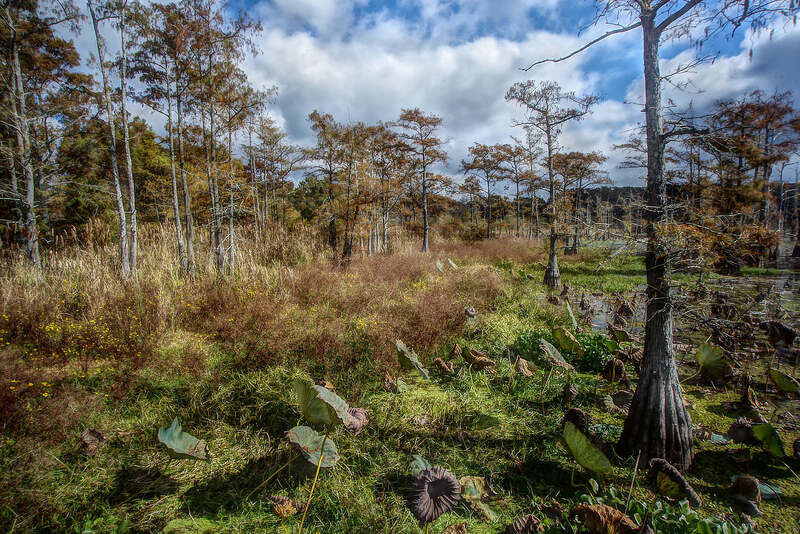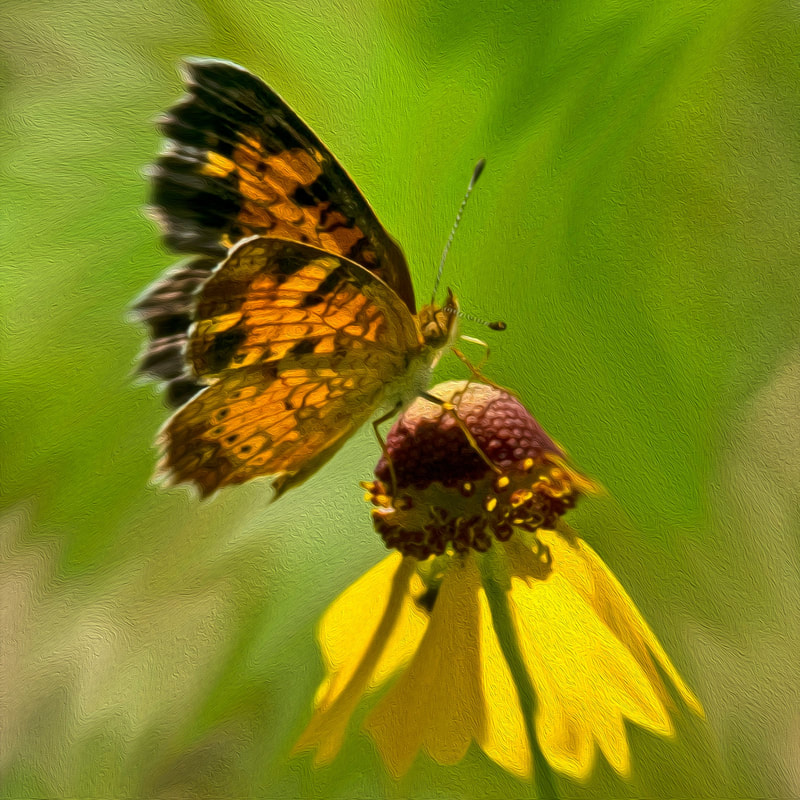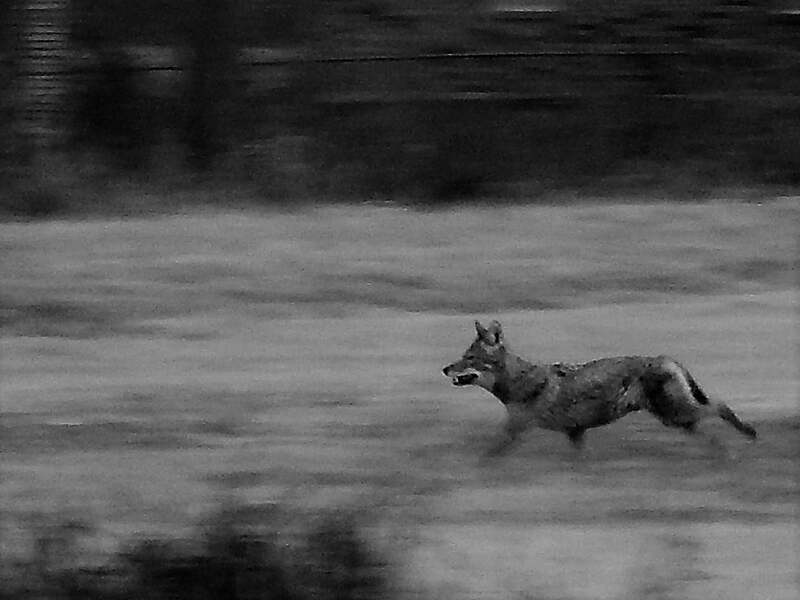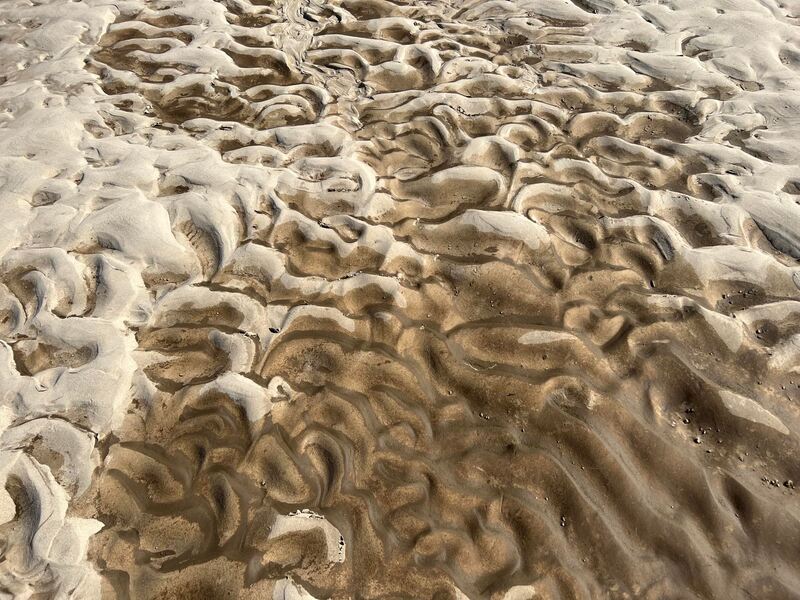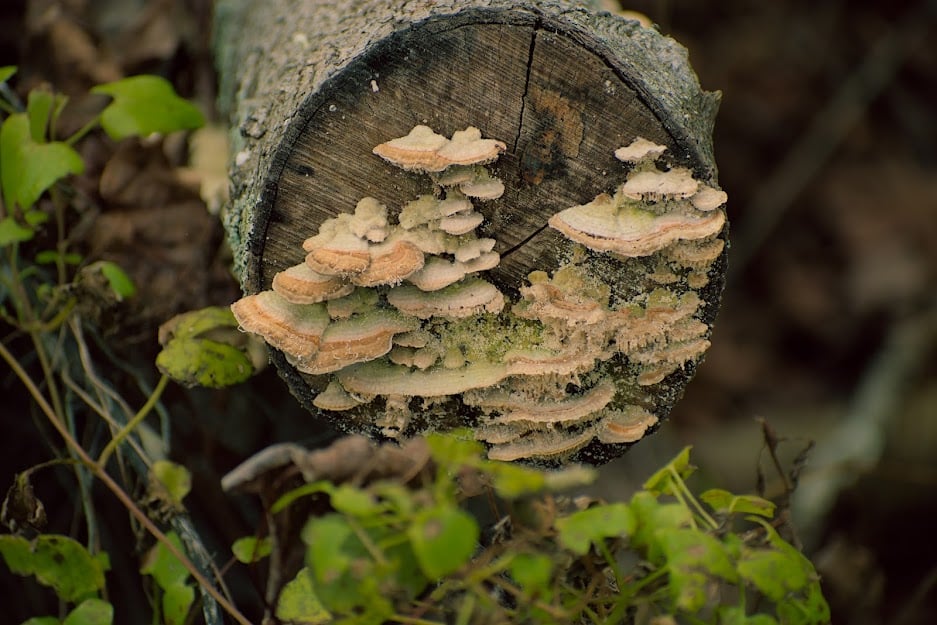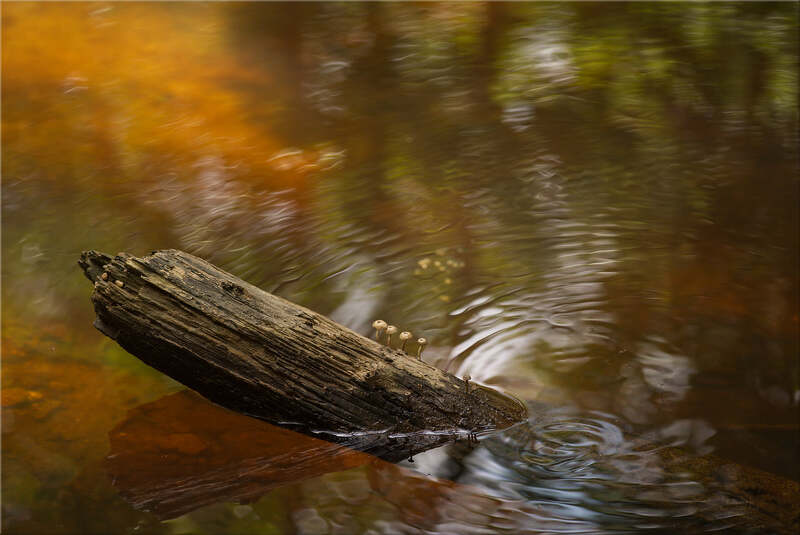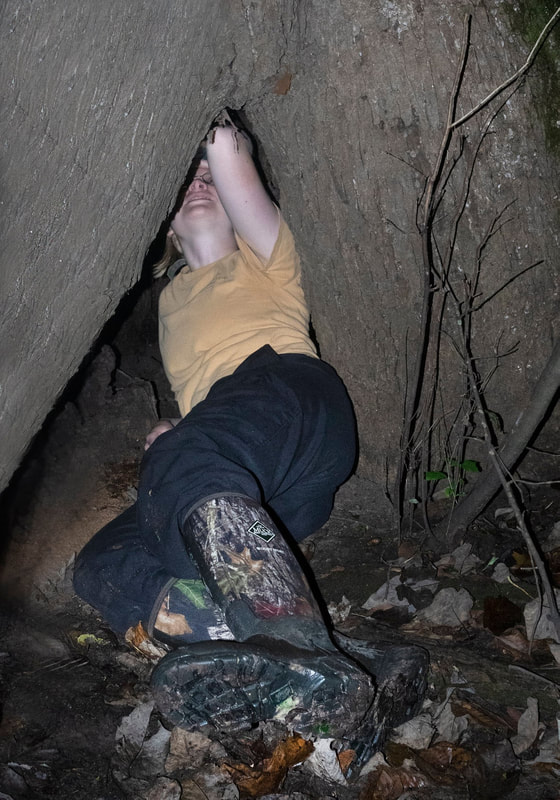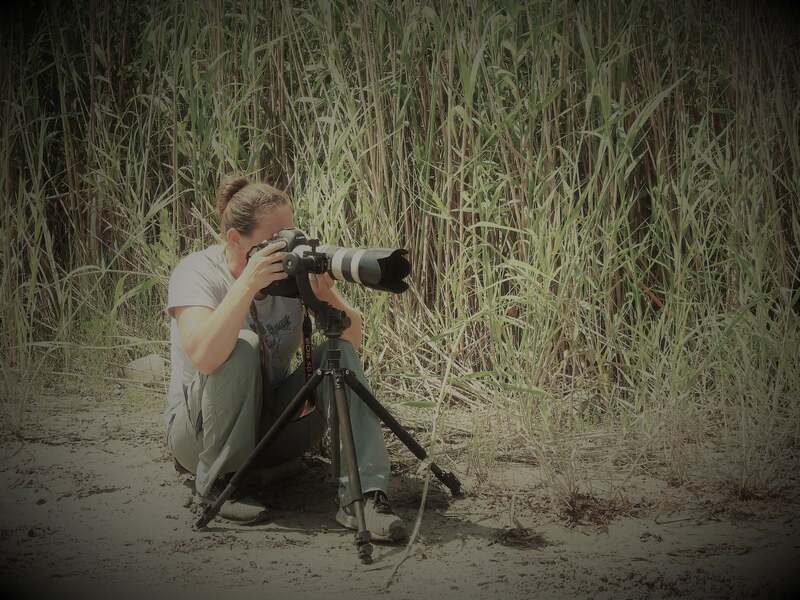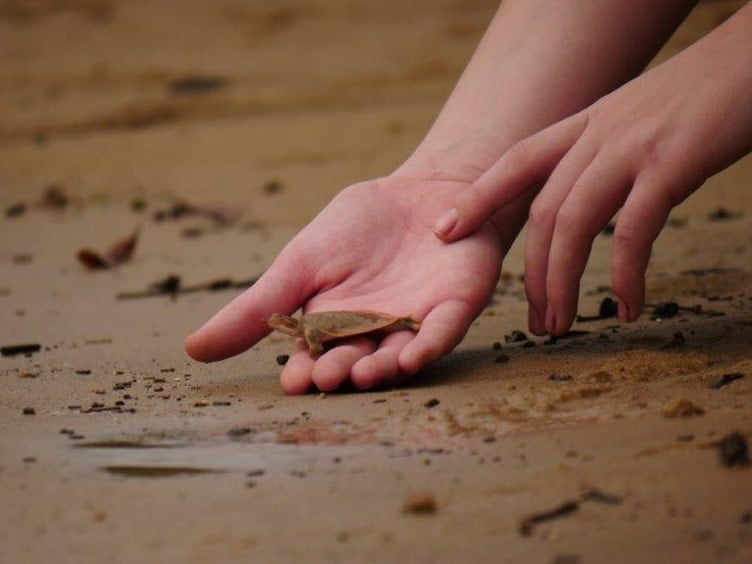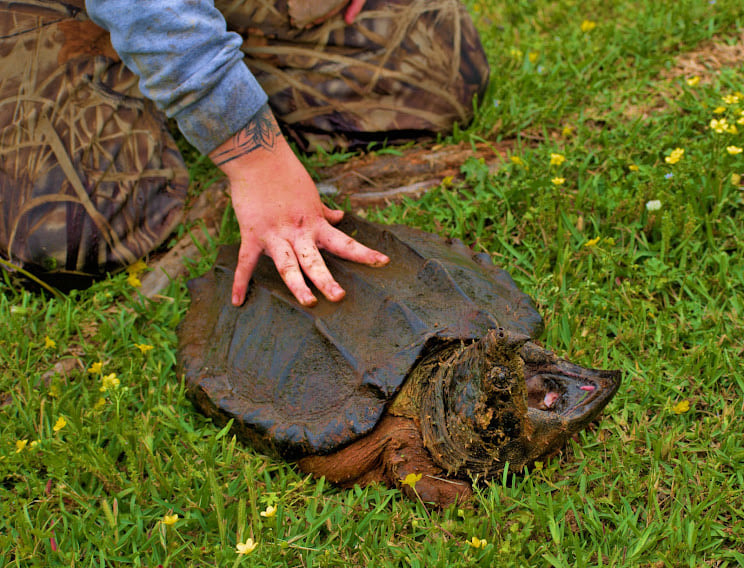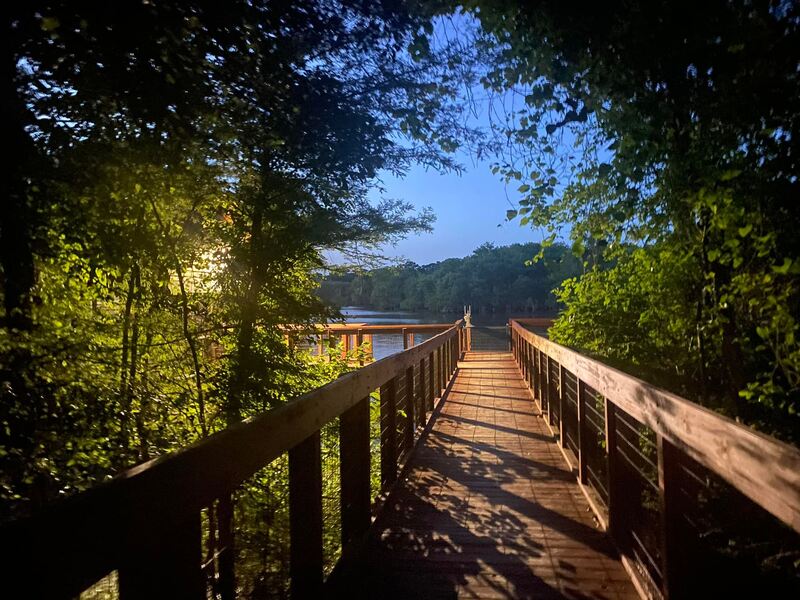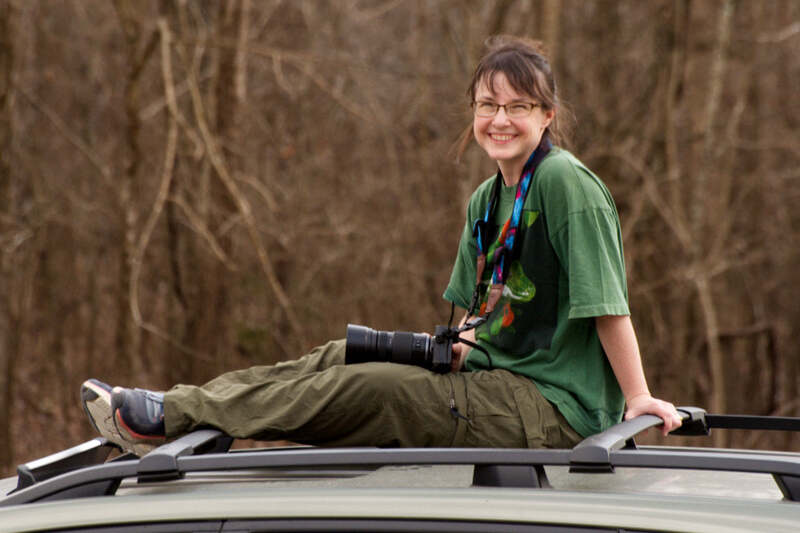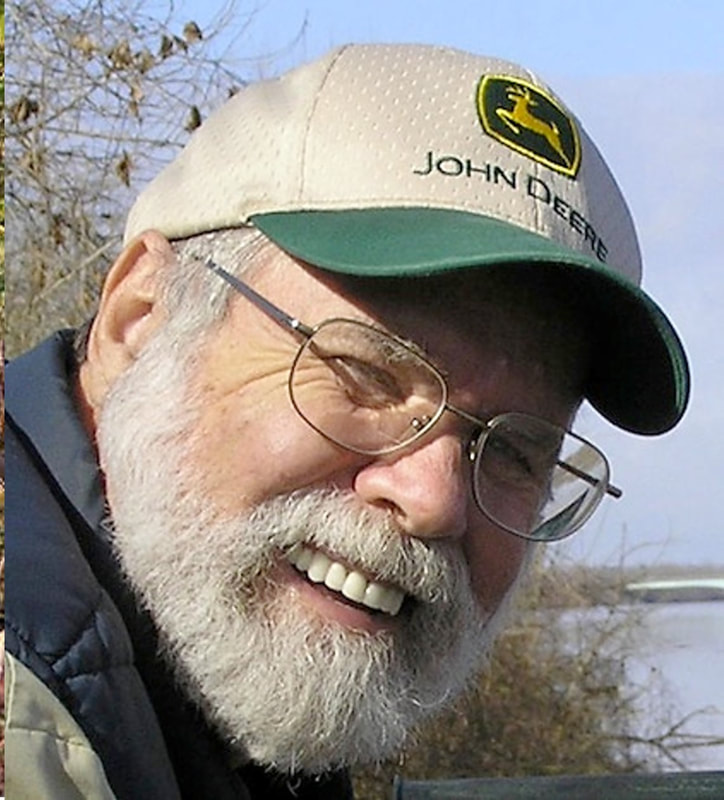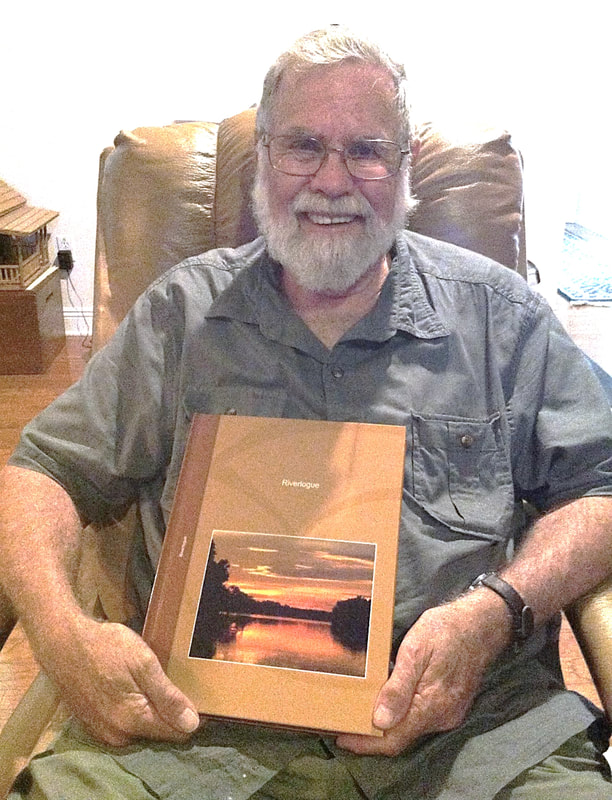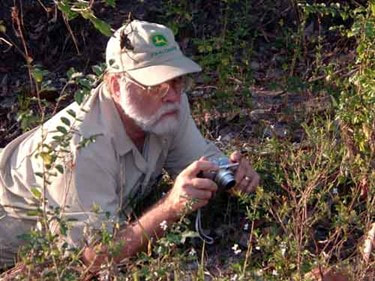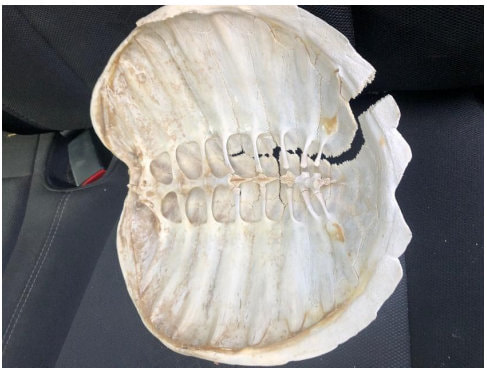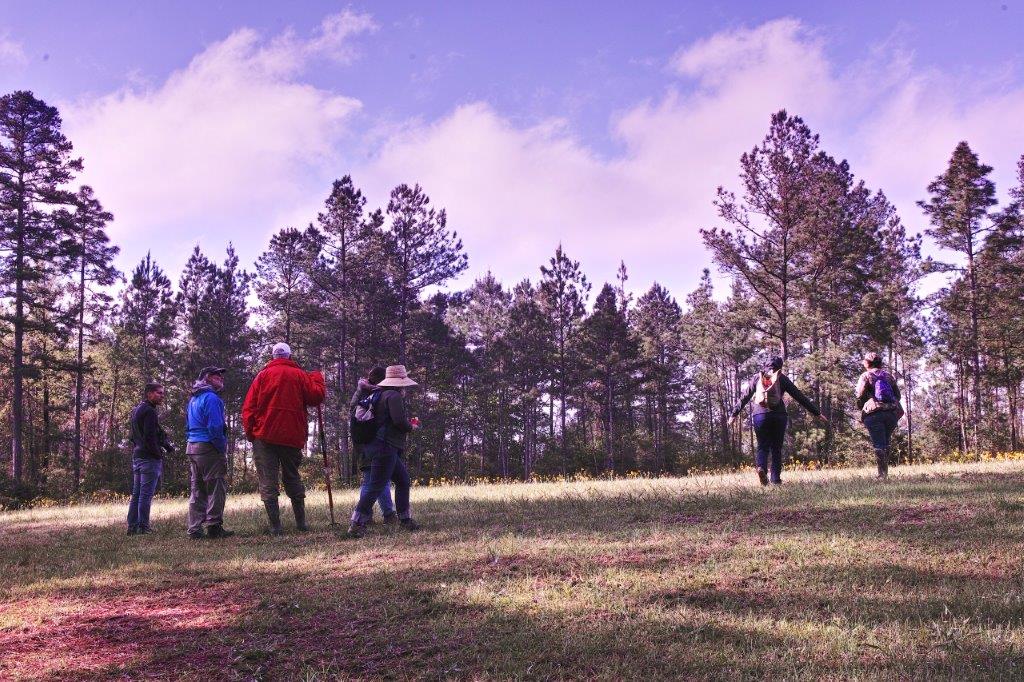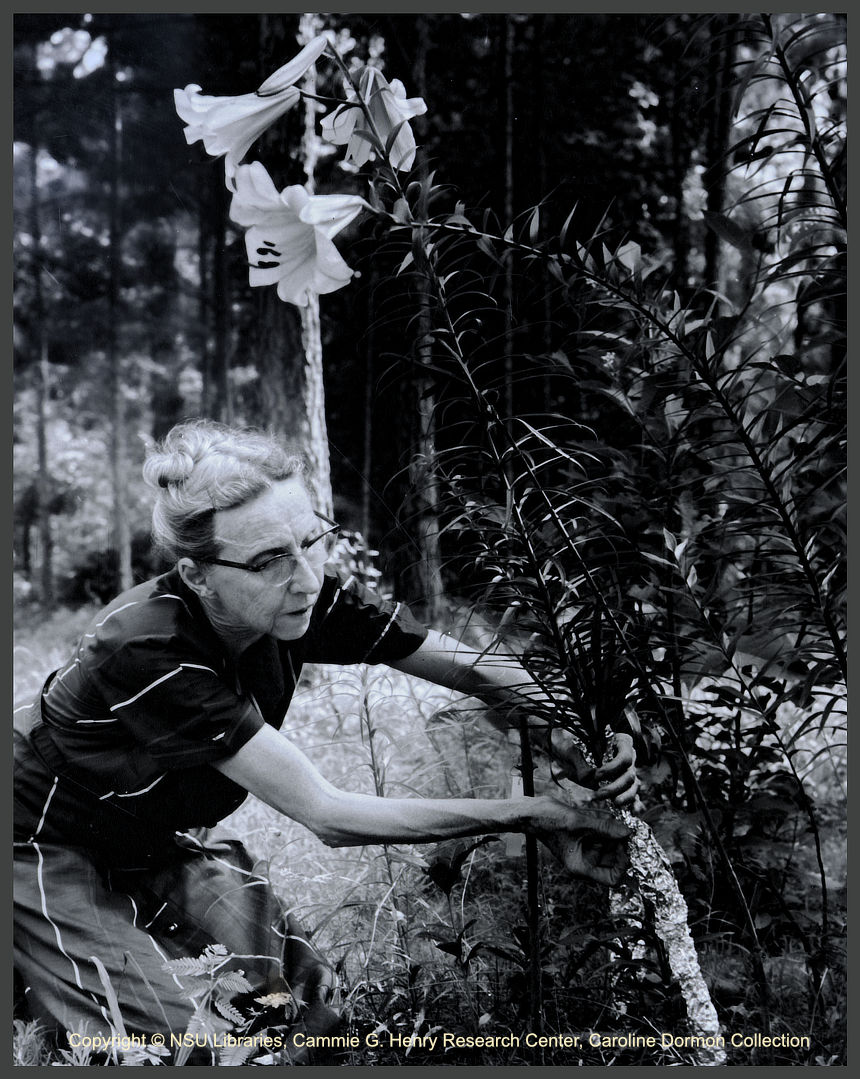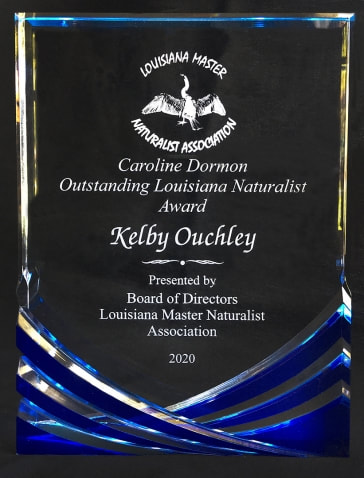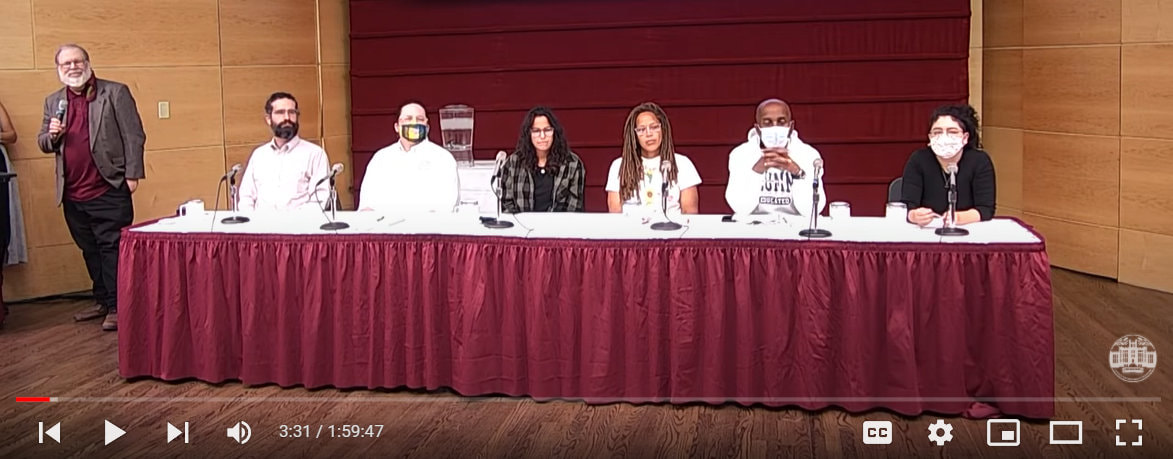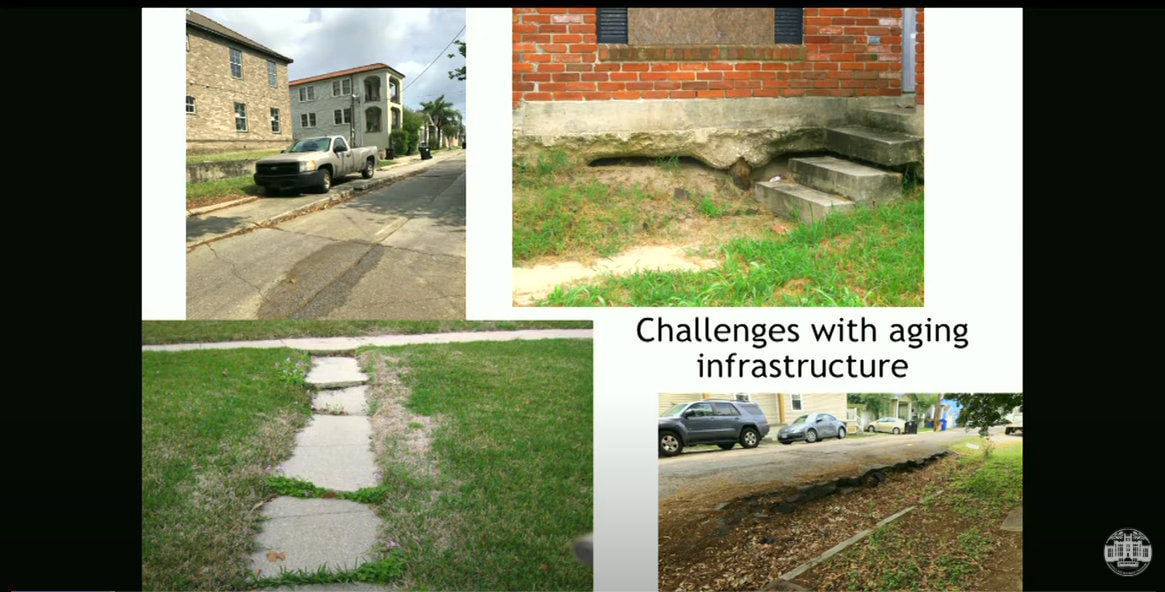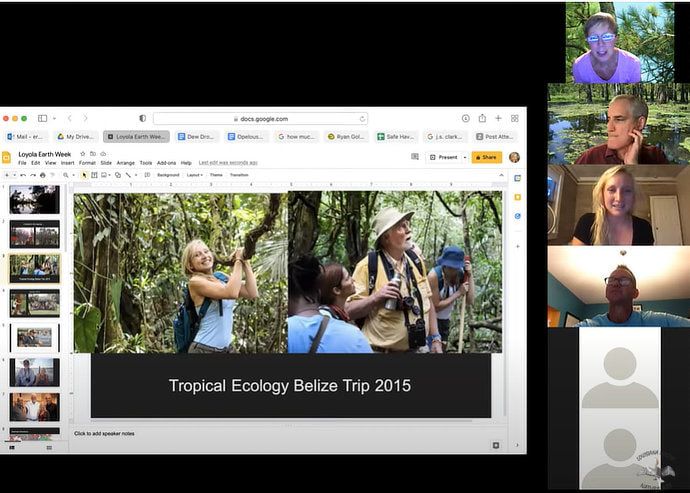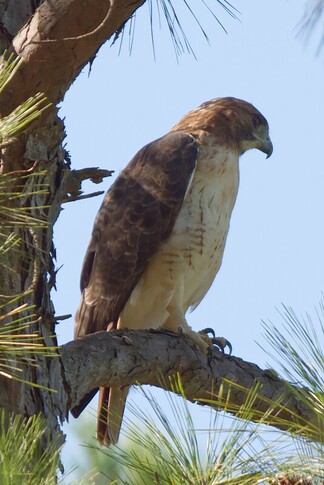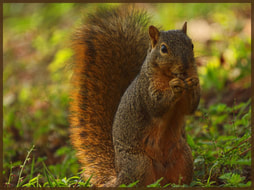|
5/8/2022 0 Comments The Promise of Earth Day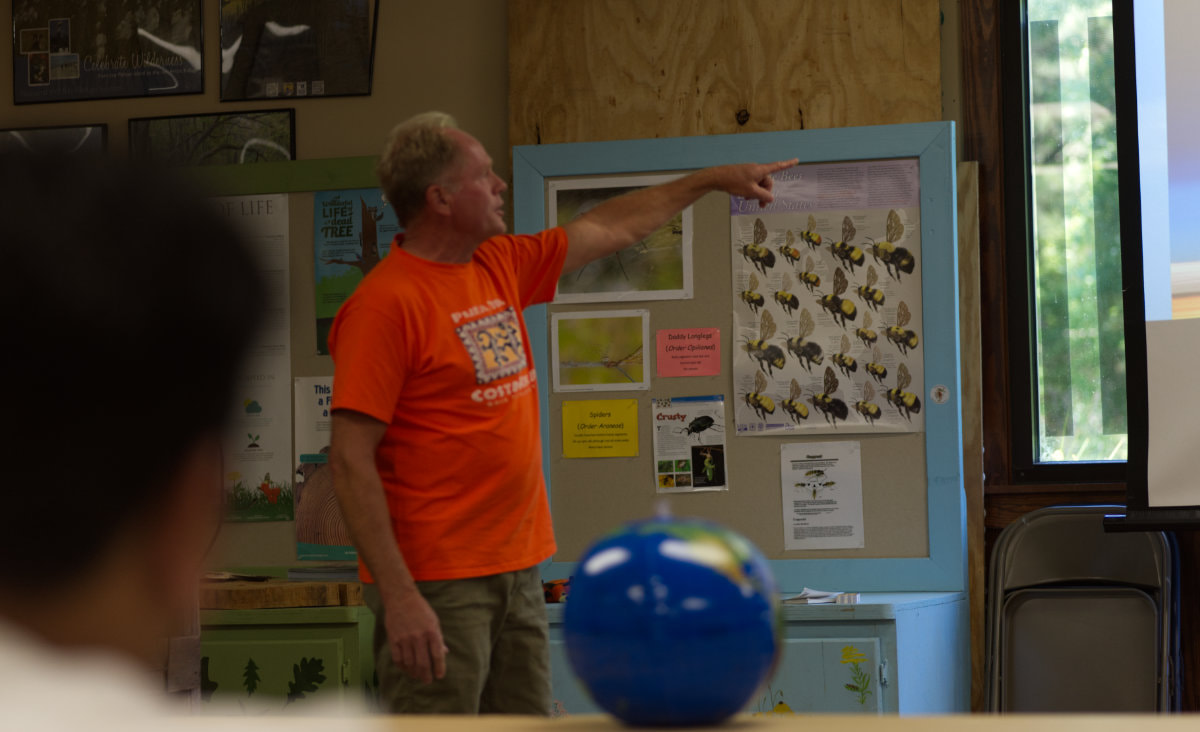 Earth Day means different things to different people. How did you celebrate it this year? What does Earth Day mean to you? Click here for some uplifting writing Earth Day’s Promise – Louisiana Master Naturalists – Northeast (louisianamasternaturalistsnortheast.com) Yesterday Saturday May 7th, at a public Weather and Climate event in Monroe, Louisiana where Meteorologist Tom Pearson taught me much more about weather and climate than I thought I knew (Thanks, Tom), Dr. Anne Fazer, LMNA member, told me "Earth Day is every day now for me." I had to agree, it really has to be, for us all, don't you think? My thanks to Anne for the following material and Kimmie Paxton for the photos. What do you think happened in her experiment? First the baking soda degassed CO2, and the bag bulged with the extra gas, then the water absorbed some of the gas, the bag deflated and the water turned purple and acidic. This replicates the acidification of our lakes, rivers and seas. Acid conditions don't suit many marine organisms from corals to diatoms and thus the current marine food web is threatened. Regarding the distribution of CO2 released from the burning of fossil fuels, according to "The Thinking Person's Guide to Climate Change, 2nd edition" by Robert Henson. Over the period 2007-2016, land-based ecosystems took up about 30%, Oceans absorbed about 24%, leaving about 46% remaining in the atmosphere. [This book was published by the American Meteorological Society (AMS) in 2019.
Some links for follow-up! 1. www.earthday.org , 2. https://clcouncil.org/economists-statement/ . This links to the "Economists' Statement on Carbon Dividends" 3. www.congress.gov : Enter "h.r.2307" into the search box at the top of the page (it's possible you need to specify the 117th Congress), then click the link for the bill "H.R..2307 - 117th Congress (2021-2022)." This takes you to the 'Summary'. Summaries are authored by the CRS (Congressional Research Service of the Library of Congress).
0 Comments
5/5/2022 0 Comments A FROG BLOG & LOGEarth Day was celebrated as a Herp day in Monroe, Louisiana, in 2022. The Louisiana Master Naturalists Northeast and Friends of Black Bayou organized a joint events schedule that focused on our cold-blooded friends, the reptiles and amphibians. With 1 in 5 reptiles now threatened with extinction according to a study published in Nature (Source BBC News) there has never been a greater need to focus on these creatures. The day kicked off at 10:00 with a guided walk to look for frogs, turtles and crocodilians. It was blustery around the lake so the alligators kept their heads down as did the turtles. In the swamp by the boardwalks it was a different story. We saw some turtles, frogs, many Broad-banded Watersnakes, a Rough Green Snake, and lizards. Please see Herp Success! – Louisiana Master Naturalists – Northeast (louisianamasternaturalistsnortheast.com) and Swamp Night – Louisiana Master Naturalists – Northeast (louisianamasternaturalistsnortheast.com) The local TV station (KNOE) turned out to interview two of the organizers and film the walkers setting off front detailed account please see LMNE blog. In the evening there was a presentation on frogs and their calls before we set out and what's the boardwalks again. It was a very different place at night. We heard a riot of frog calls and everyone was excited to see a medium sized alligator near the boardwalk in the lake. For me probably the star of the show was a big old bullfrog that was just sitting on the bottom of the lake with huge eardrums, placid, immobile, solid, with ancient lineage. A team of 8 people prepared for the events remotely using digital remote collaboration tools, Zoom and Mural. Earth Day’s Promise – Louisiana Master Naturalists – Northeast (louisianamasternaturalistsnortheast.com) Please find below the Ppt presentation on Frogs and their calls made by K.Paxton and J. Wright with media sourced from Loyola University New Orleans Dept. of Environmental Communications and The Frog Log that we used to mark species observations. Click here to download the 121MB Ppt file.
4/17/2022 0 Comments LMNA Photo Contest 2022,Our thanks to all who submitted their fine images to our 2022 LMNA Photo Contest. As last year, there were five categories with a sub-division of professional and amateur class in each category. Rendezvous members could vote for their favorites on our Facebook page. There were 27 entries altogether, 17 amateur and 10 professional. It was another fantastic offering for the Master Naturalists' image bank. Thank you!
SCIENTIFIC PUBLICATIONS Delahoussaye's Scientific Publications include the following:
JIM AS ZOOARCHAEOLOGIST: EXPLORING, COLLECTING, ANALYZING |
|||||||||||||||||||||||||||||||||||||||||
| Is there someone in your community, or beyond, that you would like to nominate for the Louisiana Master Naturalists' most prestigious award? | Who Do You Feel Deserves the Caroline Dormon Outstanding Louisiana Naturalist Award 2022 ? The Louisiana Master Naturalists formed to develop a corps of well-informed volunteers to provide education, outreach and service dedicated to the beneficial management of the natural resources within our communities in the state of Louisiana, USA. Our association serves seven distinct groups: Greater New Orleans Chapter Web & Facebook Acadiana Chapter (Lafayette area) Web & Facebook Southwest Chapter (Lake Charles area) Web & Facebook Greater Baton Rouge Chapter Web & Facebook CenLa Chapter (Alexandria area) Facebook Northeast Chapter (Monroe area) Web & Facebook Northwest Chapter (Shreveport/Bossier area) Web & Facebook Acadiana Chapter (Lafayette area) Web & Facebook Every year we honor an exemplary naturalistOur highest award for a Louisiana Naturalist is named after Dr. Caroline Dormon, eminent and accomplished Louisiana naturalist, environmental educator, horticulturist, ornithologist, historian, archaeologist, preservationist, conservationist, and author. Amongst other achievements she was the first female in the US Forestry Service and founded Louisiana’s wonderful Kisatchie National Forest, the Louisiana State Arboretum in Ville Platte, and the Briarwood Nature Retreat. |
See more information with photos at https://www.louisianamasternaturalist.org/the-dormon-award.html | |||||||||
Please note that even if a nominee doesn't win this year, their name and information will be carried forward and reconsidered in future years.
We appreciate your help. All nominations must be received by February 28, 2022.
Please don't hesitate to contact Raymond or myself if you have any questions or concerns and we'll be happy to help.
Best wishes,
Charles
Charles Paxton
Communications Officer
318-331-1531
[email protected]
Board Member in Charge of Caroline Dormon Awards Committee
Larry Raymond
[email protected]
6675 North Park Circle, Shreveport, LA 71107.
Questions can be directed to Larry at 318-347-3134.
We appreciate your help. All nominations must be received by February 28, 2022.
Please don't hesitate to contact Raymond or myself if you have any questions or concerns and we'll be happy to help.
Best wishes,
Charles
Charles Paxton
Communications Officer
318-331-1531
[email protected]
Board Member in Charge of Caroline Dormon Awards Committee
Larry Raymond
[email protected]
6675 North Park Circle, Shreveport, LA 71107.
Questions can be directed to Larry at 318-347-3134.
Click the above still frame or click here to view the video on LMNA Channel
Living With Water - A Solutions Focused Panel Discussion
This video could be of interest to anyone whose community environment includes this vital but mercurial element!
This video could be of interest to anyone whose community environment includes this vital but mercurial element!
By Aimée K. Thomas, Ph.D. Director of Environment Program Department of Biological Sciences & Environment Program Loyola University New Orleans.
|
“Water Management and its Ecological Health and Societal Impacts” panel discussion was hosted on Wednesday, November 3, 2021 at Loyola New Orleans by the Loyola University New Orleans Environment Program and Department of Biological Sciences in conjunction with the Louisiana Master Naturalists of Greater New Orleans.
The panelists are successful and inspiring leaders from the Greater New Orleans community who were invited to discuss the role their organizations play in storm water management, utilizing innovative approaches to solve environmental water issues so that we can all learn how to reduce our impact and sustainably embrace living with water. We recorded it and it is available on our YouTube channel. Please share to others through email, social media and your website. The purpose of our research is to bring different communities together in the hopes of developing creative sustainable ways of dealing with excess water around the city.
We are also studying the changes, if any, that people make after learning about the significance of water and empowering them to take control of their environment! Our video on YouTube
https://www.youtube.com/watch?v=oLkX17iOtOE&t=0s Mirabeau Water Project Resilience & Sustainability - Areas of Focus - Green Infrastructure - Hazard Mitigation - Stormwater Projects - Mirabeau Water Garden: Phase I - City of New Orleans (nola.gov) Web. www.loyno.edu/environment Visit our website. Tropicalnaturalhistory.org Facebook @loyola environment program Twitter @ loyolaENVA Instagram @loyolaenvironment |
A little background on this event: New Orleans is a coastal city which is particularly vulnerable to flooding and faces increasing threats of hurricanes, sea level rise, and subsidence, which are all factors that increase the severity of flooding.
Because on average the city gets 64 inches of rain each year, we have flooding issues that have been solved by pumping excess water from the streets to a canal system that feeds to Lake Pontchartrain using gray infrastructure. The participants are New Orleans citizens including local high school teachers and students, members of non-profits, industry figures, scientists, engineers, and academics. They have all learned about the formation of southeast Louisiana, the founding of New Orleans, gray and green infrastructure, and creating the best tools for educating the community about sustainably embracing water in our city. Our Panelists include: USACE: William Veatch, Hydrologist, Mastodonte: Arien Hall & Luisa Abballe, Business Owners Sewerage & Water Board New Orleans: Tyler Antwerp, Director Thrive Nola: Willie Autman, Green Works Manager Urban Conservancy: Sam Commagere, Program Manager |
Hosted October 6th, 2021, by Louisiana Master Naturalists of Greater Baton Rouge, this episode of LMNGBR Nature Notes brings us a Zoom presentation by Emma Reid, award-winning film maker of "Finding Common Ground" (Telly Award) and "In The Blind"!
Emma studied Environmental Science at Loyola University, New Orleans, and trained as an intern at the Institute of Environmental Communication (IEC). Emma is the 2019 Louisiana Wildlife Federation Conservation Communicator of The Year and is a member of Louisiana Master Naturalists of Greater New Orleans. She is currently employed by Louisiana Public Broadcasting and serves as a swamp tour guide !
Emma talks about her video production / conservation education work and how she saw change coming through the film-making process. The discussion includes sediment diversion and the jetty break-waters, and of how Traditional Ecological Knowledge (TEK) of indigenous Native Americans and the Shrimpers' local knowledge when coupled with technical quantifiable science resulted in great conservation synergy. Emma also talks about her film "In The Blind" and her learning about the duck hunting and waterfowl conservation connection. She went filming with Audubon ornithologists and Duck's Unlimited and hunters to bridge the understanding between non-hunters and hunters. While the song-birds populations seem to be sadly collapsing, there's better news about waterfowl. They have been doing better, thanks to the current conservation system. Emma also announces plans to be producing regular Naturalist podcasts called The Southern Naturalist!
Emma studied Environmental Science at Loyola University, New Orleans, and trained as an intern at the Institute of Environmental Communication (IEC). Emma is the 2019 Louisiana Wildlife Federation Conservation Communicator of The Year and is a member of Louisiana Master Naturalists of Greater New Orleans. She is currently employed by Louisiana Public Broadcasting and serves as a swamp tour guide !
Emma talks about her video production / conservation education work and how she saw change coming through the film-making process. The discussion includes sediment diversion and the jetty break-waters, and of how Traditional Ecological Knowledge (TEK) of indigenous Native Americans and the Shrimpers' local knowledge when coupled with technical quantifiable science resulted in great conservation synergy. Emma also talks about her film "In The Blind" and her learning about the duck hunting and waterfowl conservation connection. She went filming with Audubon ornithologists and Duck's Unlimited and hunters to bridge the understanding between non-hunters and hunters. While the song-birds populations seem to be sadly collapsing, there's better news about waterfowl. They have been doing better, thanks to the current conservation system. Emma also announces plans to be producing regular Naturalist podcasts called The Southern Naturalist!
- Loyola University New Orleans Institute for Environmental Communication (IEC) https://lucec.loyno.edu/institute-env...
- Louisiana Wildlife Federation Conservation Awards https://lawildlifefed.org/what-we-do/...
- LPB In The Blind press release https://www.lpb.org/press-releases/in...
- In The Blind Trailer https://www.lpb.org/programs/in-the-b...
- Finding Common Ground https://youtu.be/nFj2vhehgzk
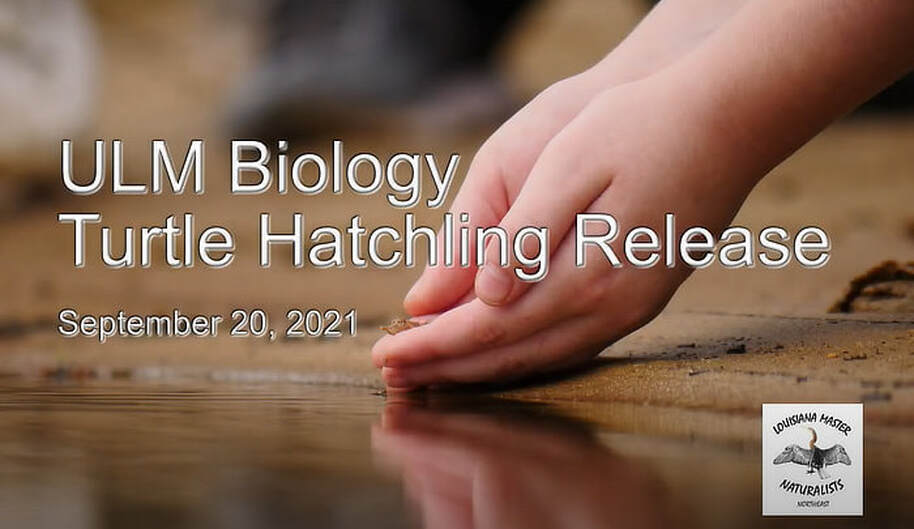
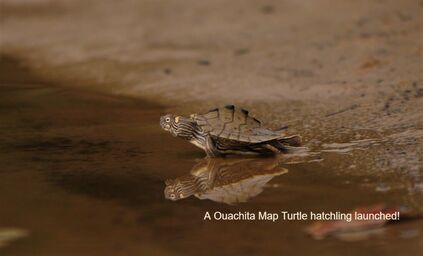
Northeastern Louisiana is a Freshwater turtle biodiversity hotspot and West Monroe's Lazarre Park offers prime nesting conditions that are becoming exceedingly rare these days along The Ouachita River. Some of the Louisiana Master Naturalists, Park managers and interested members of the public joined Professor John Carr and his students from the ULM Biology Department at West Monroe's beautiful Lazarre Park on September 20th, 2021.
It was hazy and bright, perfect conditions for release of three freshwater turtle species back into their Ouachita river home. The Smooth Softshells (Apalone mutica) and the endemic Ouachita Map Turtles (Graptemys ouachitensis) are species of conservation concern. The Mississippi Map Turtles (Graptemys pseudogeographica kohni) are more widespread but nonetheless suffer from increasing predation and so their conservation is also important.
Professor Carr raised these hatchlings from eggs that he and his students had formerly collected at Lazarre. Raising the hatchlings in incubators protects them from possible predation by foxes and raccoons. He is going to deliver a report of this project to the authorities and LDWF about this important habitat. For more information about Dr. Carr see https://webservices.ulm.edu/facultyac... and https://www.ulm.edu/~carr/
It was hazy and bright, perfect conditions for release of three freshwater turtle species back into their Ouachita river home. The Smooth Softshells (Apalone mutica) and the endemic Ouachita Map Turtles (Graptemys ouachitensis) are species of conservation concern. The Mississippi Map Turtles (Graptemys pseudogeographica kohni) are more widespread but nonetheless suffer from increasing predation and so their conservation is also important.
Professor Carr raised these hatchlings from eggs that he and his students had formerly collected at Lazarre. Raising the hatchlings in incubators protects them from possible predation by foxes and raccoons. He is going to deliver a report of this project to the authorities and LDWF about this important habitat. For more information about Dr. Carr see https://webservices.ulm.edu/facultyac... and https://www.ulm.edu/~carr/
| For details of our nature walk there and the inspiring presentation by West Monroe's Parks and Recreation Director, Stuart Hodnett, please click here for more on Wild Open Eye blog. | 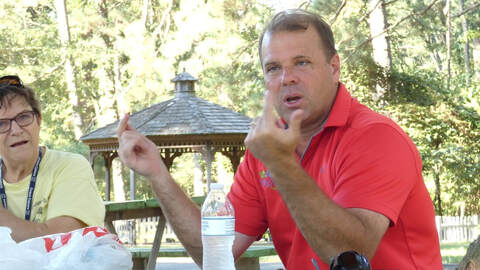 Stuart Hodnett explaining the improvements in West Monroe's Park system
|
LMNA News Blog
Welcome to the Louisiana Master Naturalist Association News Blog.
Archives
April 2024
March 2024
February 2024
January 2024
August 2023
April 2023
February 2023
September 2022
June 2022
May 2022
April 2022
March 2022
December 2021
November 2021
October 2021
September 2021
July 2021
June 2021
May 2021
April 2021
February 2021
January 2021
July 2020
June 2020
April 2020
March 2020
January 2020
November 2019
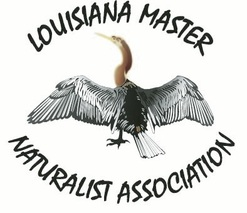
 RSS Feed
RSS Feed
